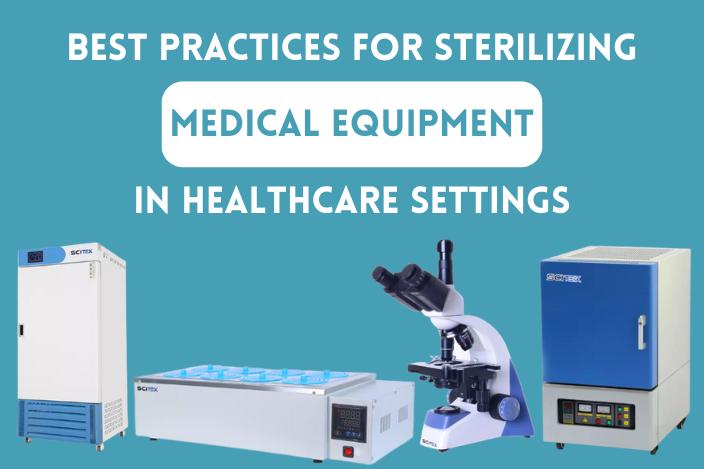.png)
Published on 08-09-2025
Defibrillators in Emergency Care: What Hospitals Should Look For
Defibrillators are lifesaving devices in emergency care environments. They deliver controlled electric shocks to restore a normal heartbeat during cardiac arrest, improving survival chances dramatically. Choosing the right defibrillator depends on hospital size, emergency response needs, and budget planning.
What is a Defibrillator?
A defibrillator is a medical device used to treat life-threatening arrhythmias, such as ventricular fibrillation and pulseless ventricular tachycardia. It delivers therapeutic shocks to the heart to re-establish effective rhythm.
Defibrillators help:
-
Stabilize patients during cardiac emergencies
-
Enhance outcomes in high-acuity areas like ICUs and emergency departments
-
Serve as a critical tool in advanced cardiac life support (ACLS)
You can explore our full Medical Equipment Collection for ICU beds, patient monitors, defibrillators, and more.
Essential Features to Consider
When evaluating defibrillators, hospitals should assess these core capabilities:
-
Biphasic waveform technology – Enhances energy delivery while minimizing heart tissue damage.
-
ECG monitoring and analysis – Enables real-time rhythm assessment with built-in algorithms.
-
Pacing capability – Provides temporary pacing for bradycardia or conduction disorders.
-
Cardioversion functionality – Offers controlled synchronized shocks for atrial fibrillation and flutter.
-
Battery life and portability – Ensures readiness during emergencies or transport.
-
User-friendly interface – Enables quick, accurate operation by medical staff.
-
Connectivity – Supports integration with patient data systems and central monitoring tools.
-
Storage for resuscitation data – Aids in debriefing and quality improvement processes.
Types of Defibrillators
Hospitals typically use several types of defibrillators tailored to clinical needs:
-
Manual external defibrillators – Require skilled providers to interpret ECG and deliver shocks manually.
-
Automated External Defibrillators (AEDs) – Simplified devices that guide users through analysis and shock delivery ideal for public areas or moderate-acuity settings.
-
Manual + AED-capable units – Offer flexibility, letting clinicians switch between automation and manual control as needed.
-
Biphasic defibrillator monitors with cardioversion and pacing – Fully equipped models for advanced cardiac care. One of our available options is the Biphasic Defibrillator Monitor and Cardioverter, designed for ICU and emergency environments.
How to Choose the Right Defibrillator
Here are key criteria to guide purchasing decisions:
-
Required clinical capabilities – Choose models with pacing, cardioversion, or both, depending on the patient population.
-
Staff expertise – In high-acuity areas, advanced models offer more flexibility; for general units, consider AED-capable or semi-automated units.
-
Portability needs – Portable, battery-operated units are essential for rapid response across departments.
-
Data connectivity – Integrated systems allow for centralized monitoring and post-event review.
-
Reliability and maintenance – Prefer devices with long-life batteries, easy calibration, and accessible consumables (pads, batteries).
-
Budget alignment – More advanced units may cost more but save lives and streamline emergency workflows.
Why Choosing the Right Defibrillator Matters
The right defibrillator is vital not just hardware but a clinical necessity. A well-matched device:
-
Reduces response time during cardiac events
-
Improves survival rates and patient outcomes
-
Enhances staff confidence and response efficiency
-
Supports data-driven improvements in care delivery
Long-term, investments in advanced defibrillation technology yield better care and reduced complications.
Related Medical Equipment Guides
-
Discover the Biphasic Defibrillator Monitor and Cardioverter
FAQs
1. What’s the difference between AEDs and manual defibrillators?
AEDs automate rhythm analysis and shock delivery, making them suitable for staff with minimal training. Manual defibrillators require clinical judgment to interpret ECG and time shock delivery.
2. Do defibrillators need regular maintenance?
Yes. Regular checks battery health, pad expiration, alarm functionality, and calibration ensure readiness during emergencies.
3. What is biphasic defibrillation?
Biphasic defibrillators deliver electric current in two phases, reducing required energy levels and decreasing cardiac tissue damage compared to older monophasic models.
4. Can one unit perform defibrillation, pacing, and cardioversion?
Absolutely. Advanced units like the Biphasic Defibrillator Monitor and Cardioverter provide all three functions in a single device.
5. How can hospitals explore defibrillator options?
They can review our Medical Equipment Collection or request assistance through the Caprimedicals homepage to connect with our team.

.png)
.png)
.png)
.png)
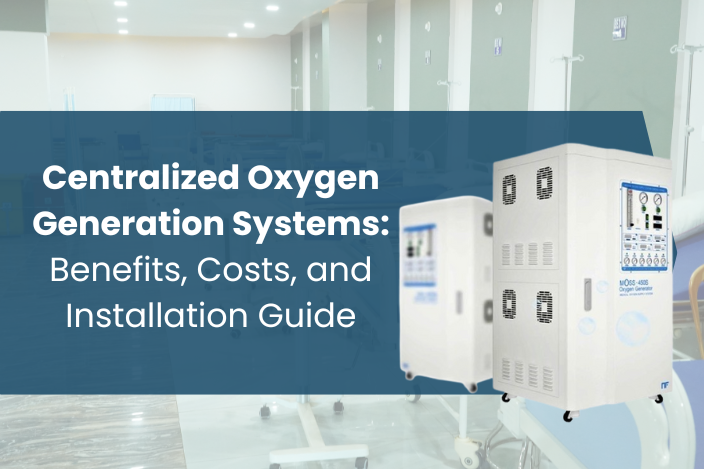
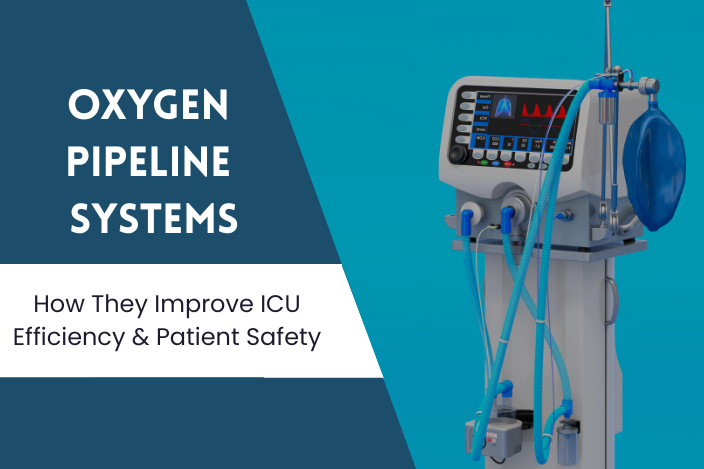
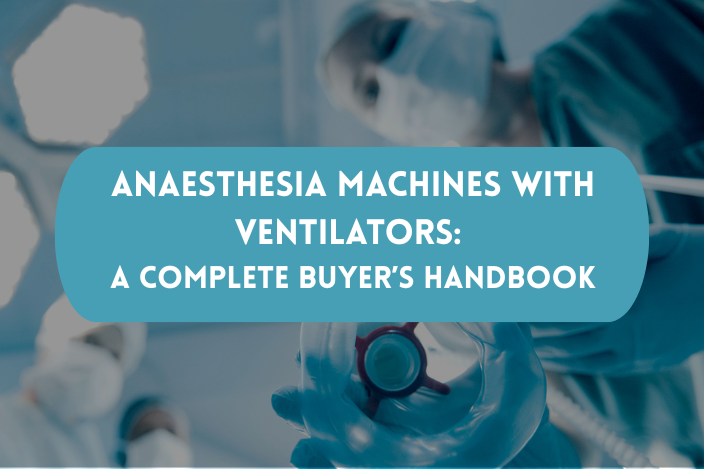
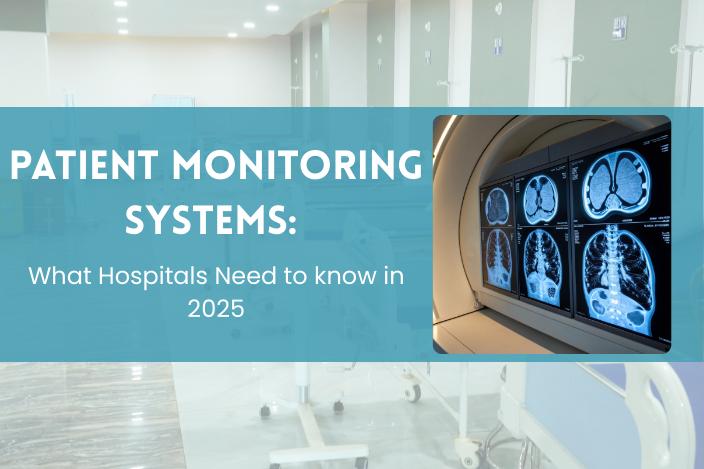
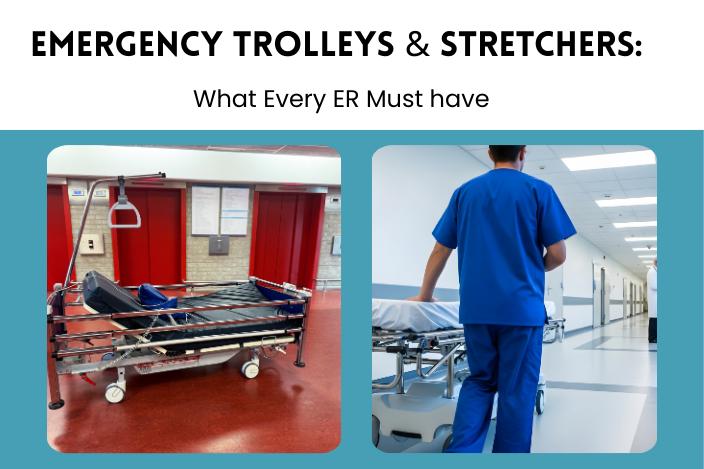
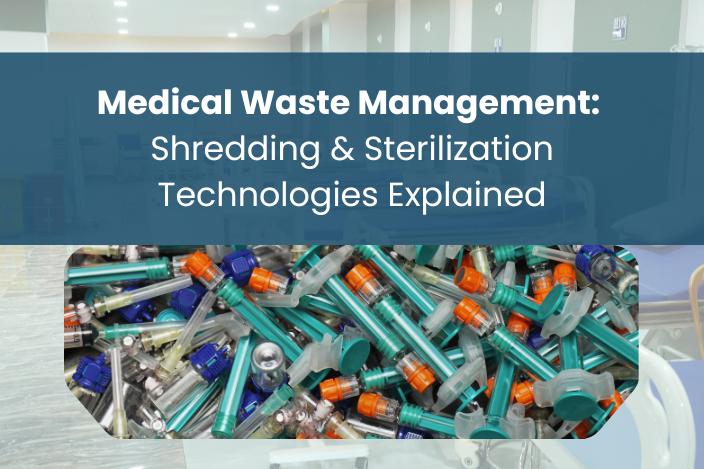
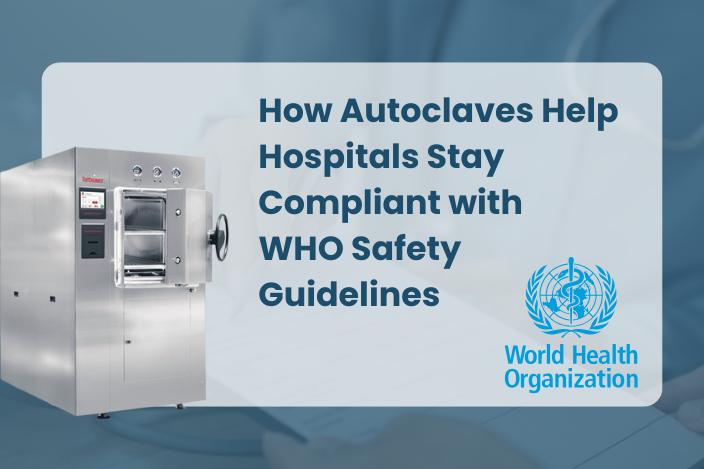
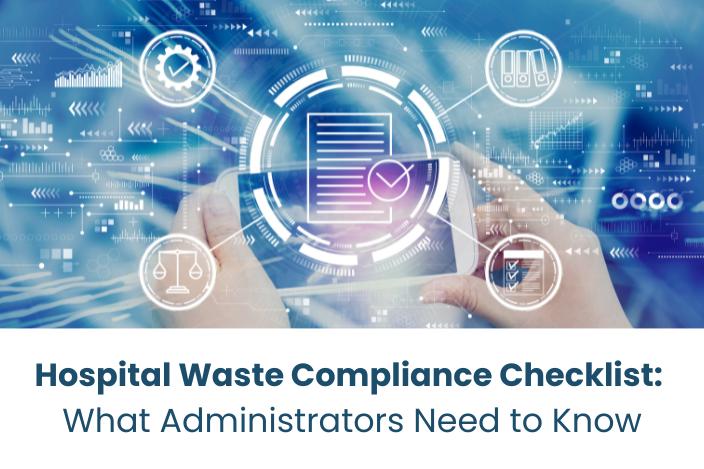
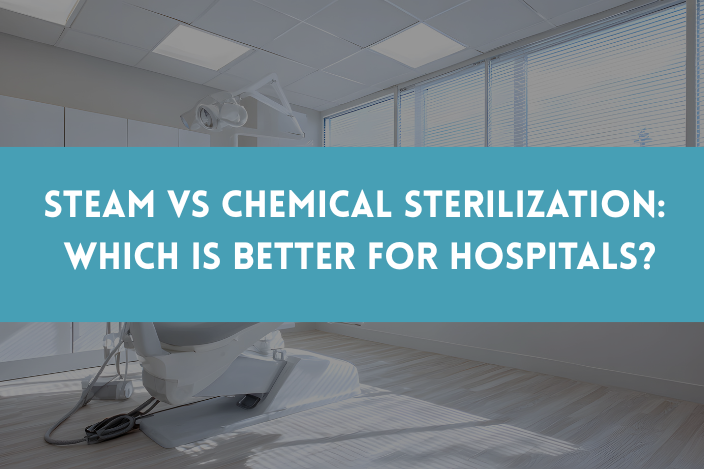

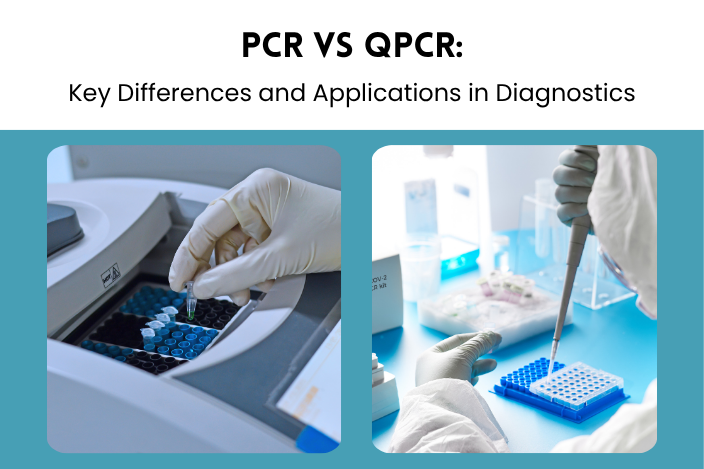

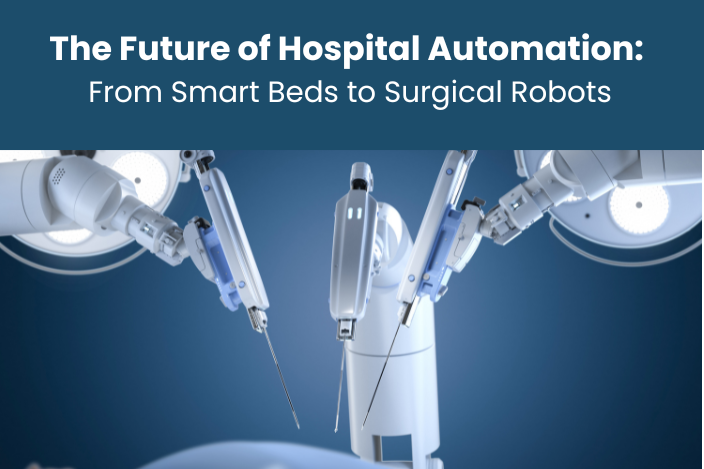
.png)
